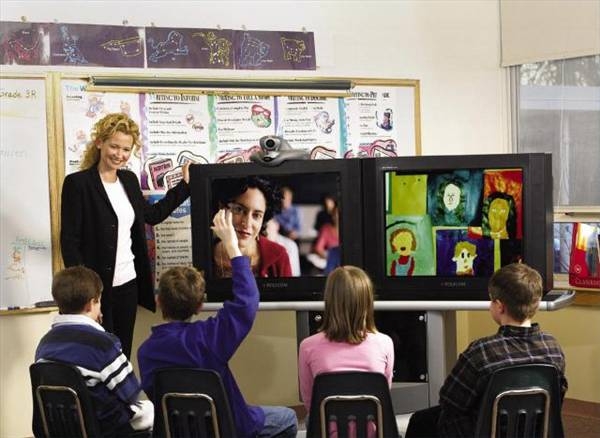Teaching Tech: Principles For Use Of Technology With Early Learners
Today, technology permeates everything people do in their daily lives, including the lives of young children. The three-year-olds we see today sitting in a restaurant with a tablet will someday work with technology we cannot even begin to imagine. So, it is no longer a question of whether or not we should use technology with the toddlers and preschoolers we teach, but it is now a matter of how that technology can be best used to meet their cognitive and social needs. But what exactly are those best practices? What should we as teachers look for when integrating technology into a classroom of young children?
What’s important?
Here are some ideas you can use in your classroom to make sure you are getting the most out of the technology.
Introduce all new technology in small groups or one on one. This individual attention will assure the children can use it independently. As they use the programs, they will gain confidence and feel comfortable enough to experiment with them. Show them how to use technology to write research papers and essays, how internet can make their study and doing homework easier. Did you know that 90% of Chinese exchange students have hired ghostwriters? It’s up to us teachers to raise students who will do their homework on themselves.
Allow the kids to use the technology with a partner. Children often prefer to work with their peers. Working together encourages conversation, collaboration, and compromise. If one of the children is more proficient on the program, it can also develop into peer tutoring.
Sit with them as they use the technology. Discuss the activity with the child. Ask them why they made certain choices, or sing songs from the program together. These informal assessments can help you gain insight into the child’s thought processes, strengths, and weaknesses.
Use the reports. Most educational programs have the ability to assess the math and language skills of the child. These reports identify mastered skills, and where the child may need extra help. Share these with parents as another way to keep them informed of their child’s progress.
Choose developmentally appropriate materials. Evaluate and select instructional programs for your classroom using a similar process as you use to choose books. Ask yourself, “Does this technology meet the goals and objectives of my program?” or “Does this promote the social values important to my classroom?”
Ensure equal access to the technology. Create a system where each child in your class has the same opportunities to use it each day. One exception may be with a special needs child in your class. They may require more time to make similar gains to their peers.
Use interactive technology. Passive technology, like television, only asks the user to sit and watch. Interactive technologies use active engagement which requires the child to be involved in the learning process.
Set limits. While technology has its place in your classroom, make sure to balance the time with other activities. Technology should not replace the other good things you have going on in your room. Instead, they should complement each other.
Encourage them to solve problems on their own. Don’t jump in to help immediately. Give them space to repeat operations as necessary and experiment with different actions and from time to time reword them for the efforts with a simple gift, something simple, like a zodiac T-shirt.
Why should you use it?
When used correctly, technology encourages exploration of foundational skills for reading, writing, and math. However, it shouldn’t be used just for the sake of using technology. It’s a tool to integrate into young children’s daily experiences as you can read about in this blog post from Central College Online website.
Technology allows for higher achievement because humans are visual creatures. Images on a screen are concrete and easier to process, so engagement increases. Combining technology with more traditional learning opportunities (like conducting experiments, playing with blocks, imaginative play, and manipulating art materials) increases opportunities for cognitive and social development in young children.
Do you use technology with your preschoolers or kindergarteners? How effectively? Is there something here you can implement in your classroom?















